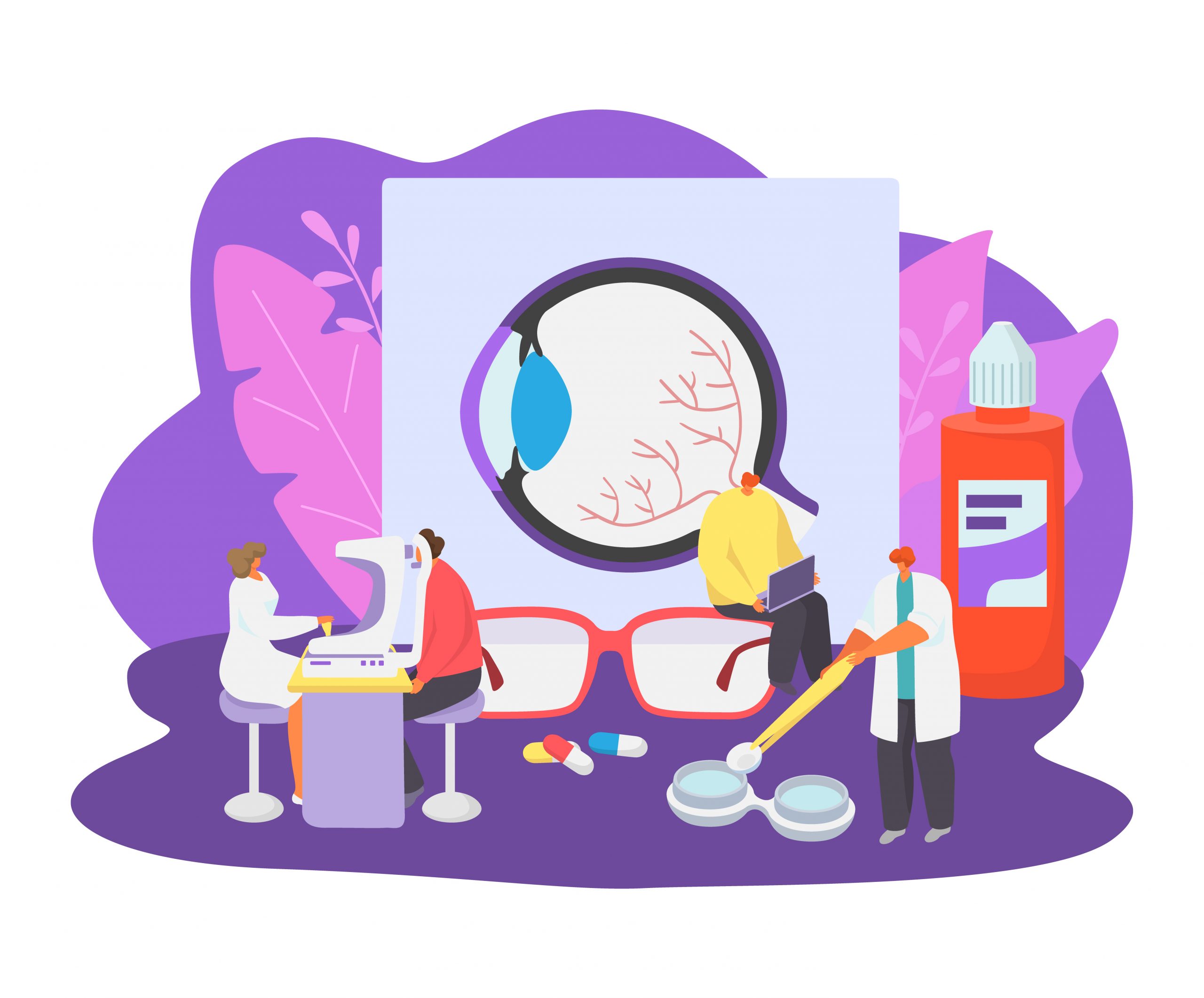According to WHO data, administration of medicines and timely treatment can solve most serious vision problems: in 75% of cases, blindness is caused by diseases that can be successfully treated if therapy starts at the initial stages. However, modern treatment regimens are not available to most Russian patients due to limited funding.
Vision-related goals
The WHO VISION 2020 Global Initiative has prompted regulators in a number of countries to develop national programs in the field of medical care for citizens suffering from eye diseases. Ophthalmic drugs have a significant place in state systems of healthcare financing.
The most ambitious program was adopted in 2018 in Australia. The government allocated 80 million dollars for eye medicines supply through the Pharmaceutical Benefits Scheme. The funds were used to treat retinal diseases, age-related macular degeneration (AMD), and other conditions. The program is based on the principle of copayment: the state compensates patients for part of the cost of medicines. According to Australian regulators, this allows people with eye diseases to save up to 7,000 dollars a year.
In the United States, under Medicare D state program, which covers the purchase of medicines, $ 2.4 billion is spent on ophthalmic drugs. As a result, ophthalmologists demonstrate the highest percentage of original drug prescriptions among all branches of medicine. Popular categories include products for the treatment of dry eye, glaucoma, etc.
In the total circulation of ophthalmic drugs in Russia, only a small part is funded by the state. According to IQVIA, in 2020, the state funded segment accounted for no more than 16% (4.3 billion rubles) of this market.
Budget deficiency
According to the interviewed experts, limited funding means that modern therapy is available only to a small number of patients, while the majority are administered outdated schemes and obsolete technologies.
“An obvious example is age-related macular degeneration. The edematous form of this disease is successfully treated with anti-VEGF drugs. There are countries where the number of injections of these drugs exceeds the number of cataract surgeries. What about our country? Every year, 16,000 injections of anti-VEGF drugs are performed at the IRTC (about half of them are funded by public funds, the rest are covered by patients’ own funds), but the annual number of cataract surgeries is 79,000. The estimates are approximate, but they also show a lag behind the actual needs of the healthcare system. It’s all about funding. It turns out that AMD leads to disability simply because patients do not have funds for effective treatment,” says Boris Malyugin, Deputy General Director of the IRTC Eye Microsurgery, the Chairman of the Russian Society of Ophthalmologists.
Mikhail Chulov, the manager in charge of the group of drugs at Rompharm Company, notes that the list of drugs for privileged categories of patients usually includes the most affordable medicines rather than the most modern ones.
“Timolol has traditionally had a significant market share in the treatment of glaucoma. The argument here is the price. However, there are a number of more modern drugs, and the global trend is that ophthalmologists now tend to prescribe not mono-preparations but combinations of molecules. We are also following the global trend, and the share of Timolol is going down, but this is happening slowly,” Chulov admits.
Modern ophthalmic drugs are sold in pharmacies, but they are snot affordable for most of the population, adds Alexander Kuroedov, head of the ophthalmology department of the P.V. Mandryk Medical Education and Research Clinical Center of the Ministry of Defense of the Russian Federation.
In addition to the lack of funding for federal institutions, the situation is aggravated by other barriers to the introduction of modern medicines to the market, including problems with registration. “The process of drugs registration of is very complex and slow, so we often have to wait for a long time for new medicines,” Nikolay Sobolev, the chief medical officer of the IRTC Eye Microsurgery, complains.
The benefit that remains unnoticed
As a result, foreign manufacturers are in no hurry to bring new drugs to the Russian market. And if a drug is not registered, it is not included into the clinical recommendations, which hinders the spread of modern methods of therapy.
“An example from my clinical practice is cataract surgery. If the surgeon injects 0.1 ml of antibiotic into the eye upon its completion, this reduces the risk of infectious inflammation (acute endophthalmitis), which can lead to eye loss, by 5-6 times. The effectiveness of this method has long been confirmed by international studies, but in Russia we do not have a single approved drug that we could use… We approached both foreign and domestic manufacturers, trying to motivate them to produce and register such medicinal products that are approved for use in Russia. But so far we have not been able to do this, and, therefore, we cannot include this highly effective method in the clinical recommendations developed by the Russian Society of Ophthalmologists,” Boris Malyugin complains.
The problem is particularly acute in the sphere of treatment of rare ophthalmic diseases. It is not profitable for manufacturers to invest in bringing drugs to the market, since there are not so many potential consumers, says Galina Gening, president of “Raduzhka,” the Interregional Support Center for Patients with Aniridia.
“Aniridia is a rare congenital genetic disease of the cornea, which affects one in 50,000-100,000 children. It is not difficult to treat it at the initial stage: drops with dexpanthenol heal the cornea. Without treatment, the disease leads to blindness. Currently, the drops are not available on the Russian market. For two years, I have been negotiating with manufacturers to start adding dexpanthenol to eye drops, but so far they have not proceeded from the stage of the proposal review. Introducing changes is costly for companies, and it is unlikely that we convince them without the help of the state,” Gening complains.
A challenging dialogue
Experts agree that new medicines will become more accessible if the state includes them in the list of vital and essential drugs (VED). “On the one hand, this list should include new ophthalmic drugs, on the other, the budget is limited. We need the state to apply a system-based differentiated approach,” says Nikolai Sobolev from the IRTC Eye Microsurgery.
It is important to establish a dialogue between regulators, pharmaceutical companies and the medical community to identify drugs and INN that can be the most effective in reducing ocular morbidity in the country.
Another important area of work that requires interdepartmental interaction is the establishment of clinical recommendations. According to Svetlana Semecheva, Deputy Director of the Department of Drug Supply and Regulation of the Circulation of Medical Devices of the Ministry of Health of the Russian Federation, clinical recommendations for some diseases of the eye and appendages have now been approved, and from January 1, 2022, the provision of medical care based on clinical recommendations will be mandatory.
The industry does not have much time to update the documents and include new treatment regimens. A dialogue with pharmaceutical manufacturers is needed, to provide the conditions for the registration of modern medicines and their entry to the market.
“Unfortunately, ophthalmic diseases are officially recognized as not affecting mortality rates, and provision of the medicines is supported with whatever funds remain. At the same time, according to WHO, in 80% of cases, eye diseases can be cured. This is the reason to change the approach and revise the priorities,” says Angella Fursova, the chief ophthalmologist of the Novosibirsk region.





